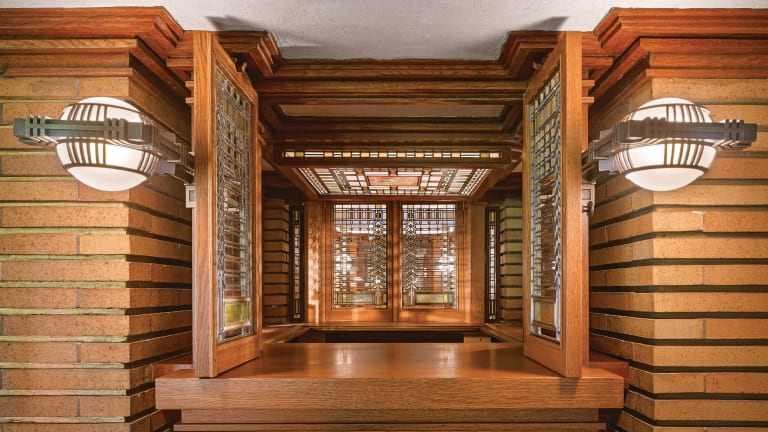Beaux Art Classicism in the Late 1800s (11)
0.0(0)
Card Sorting
1/5
Earn XP
Description and Tags
Study Analytics
Name | Mastery | Learn | Test | Matching | Spaced |
|---|
No study sessions yet.
6 Terms
1
New cards
Beaux Art Classicism in the Late 1800s
The New York/Boston era; some buildings have a sense of stylistic pieces that are heavier, bigger and louder
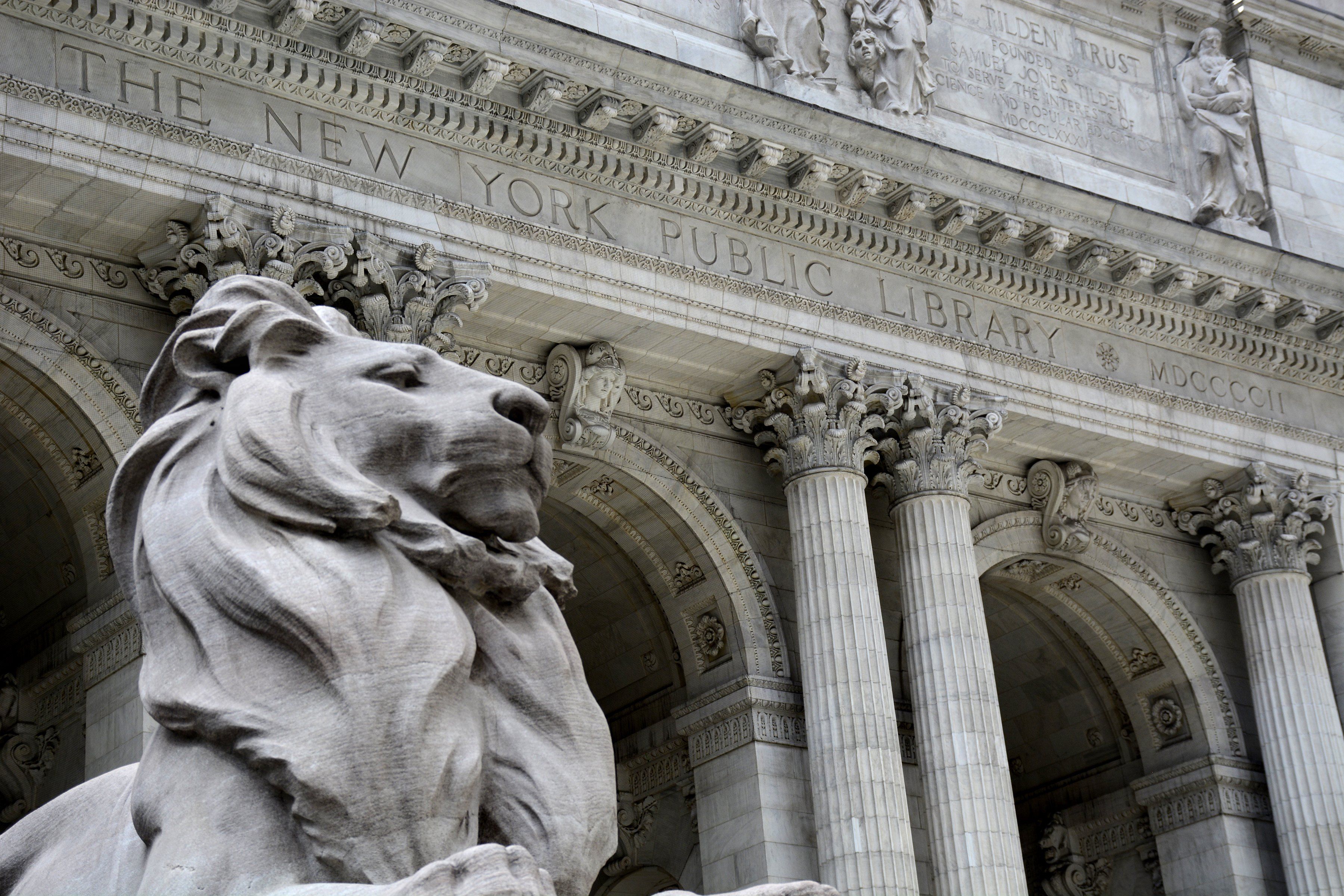
2
New cards
Charles Atwood, Palace of Fine Arts, Chicago, Beaux Arts, United States, 1893
All of the buildings, except 2, were meant to be temporary and this was meant to stay
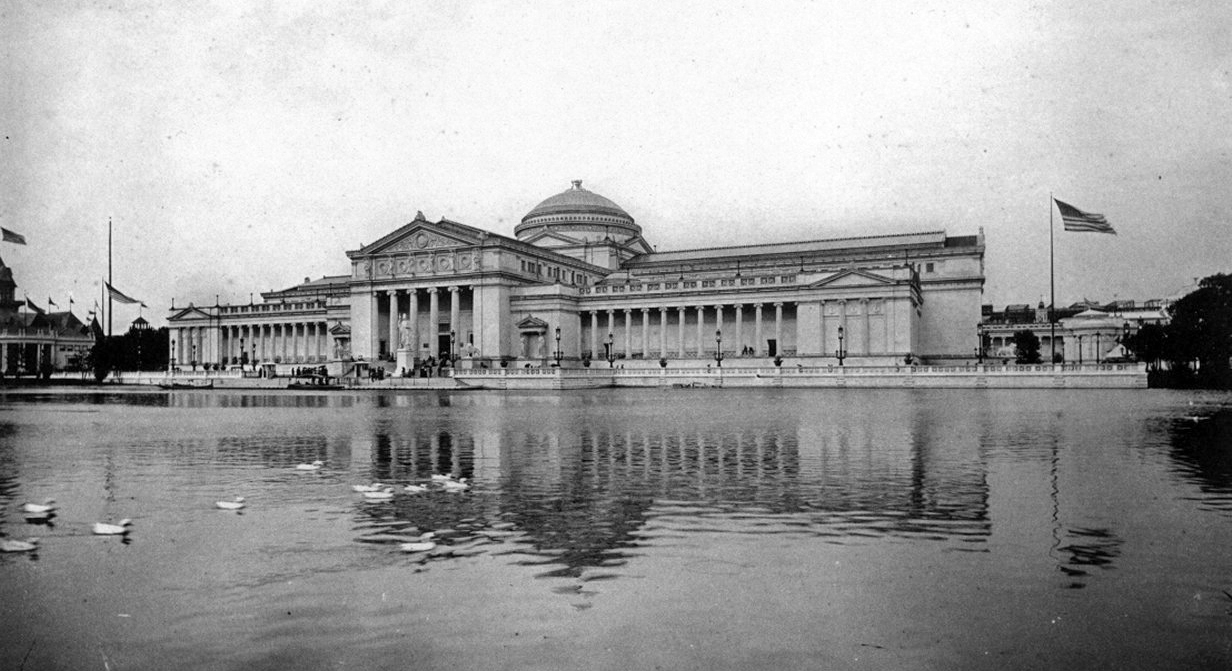
3
New cards
Frank Lloyd Wright
noaited for his home designs and most of his early work can be seen as arts & craft movement and starts to play around traditional home designs but also focus on creating a personal family life
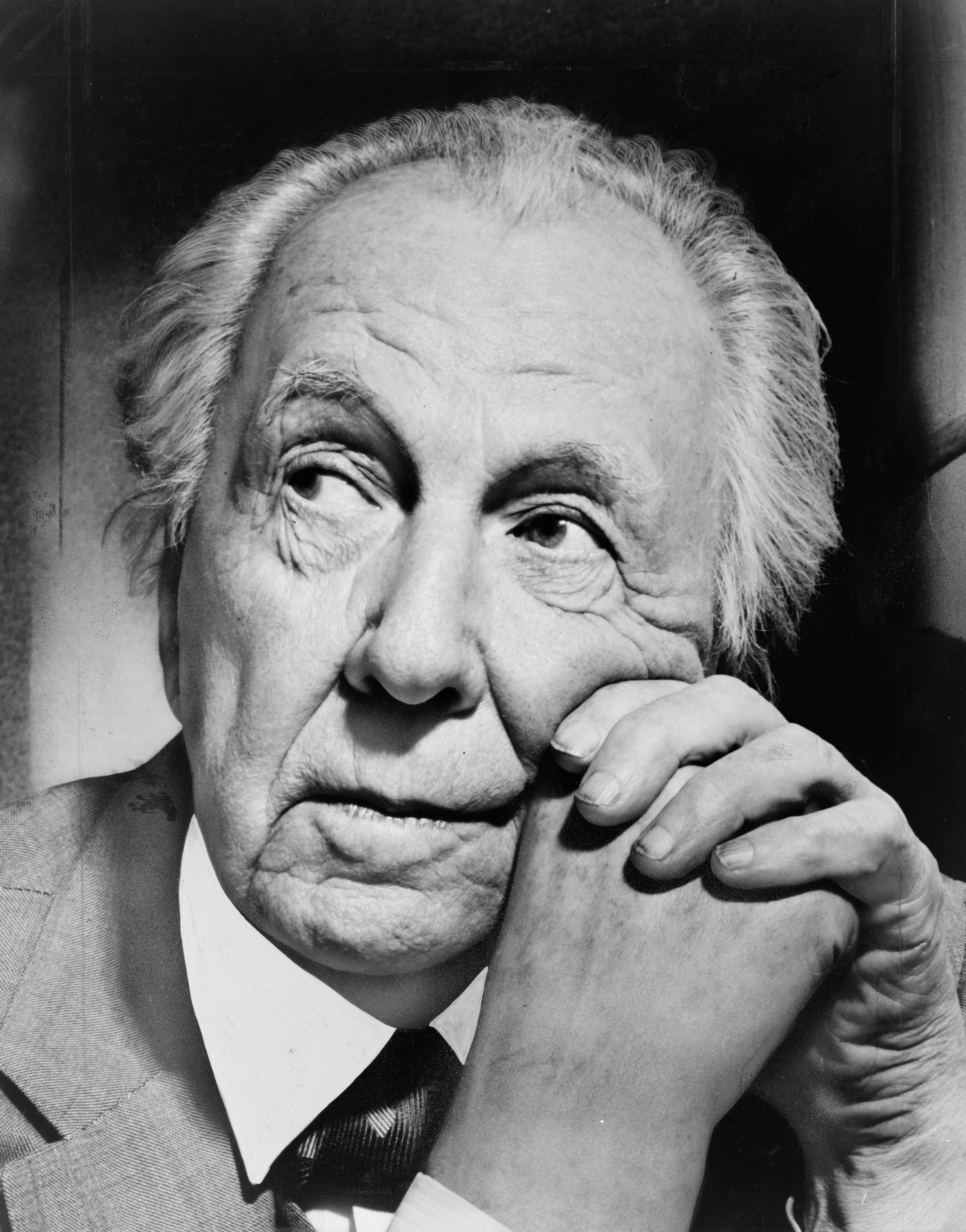
4
New cards
Frank Lloyd Wright, Page from "The House beautiful", Art & Crafts, United States, 1897
this was intended to create an artsy/photo style and a lot of geometric shapes going on
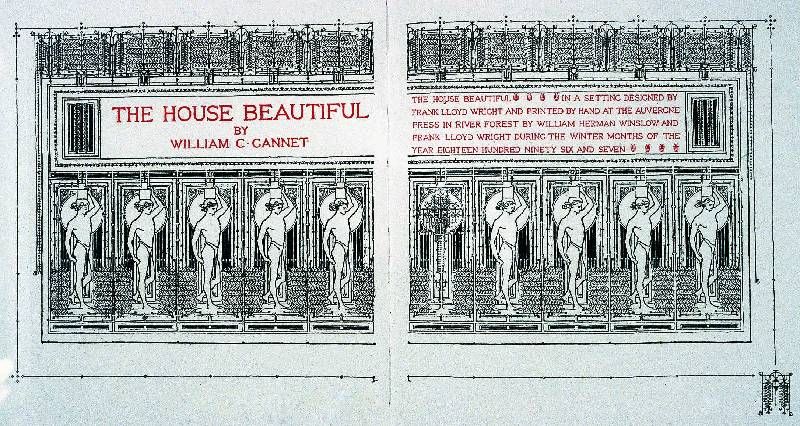
5
New cards
Frank Lloyd Wright, Robie House, Prairie Style, United States, 1910
designed to feel like the landscape creating a feeling of shelter but with outside; feel like the real decoration is the texture of the home and saves the decoration for other places in the house
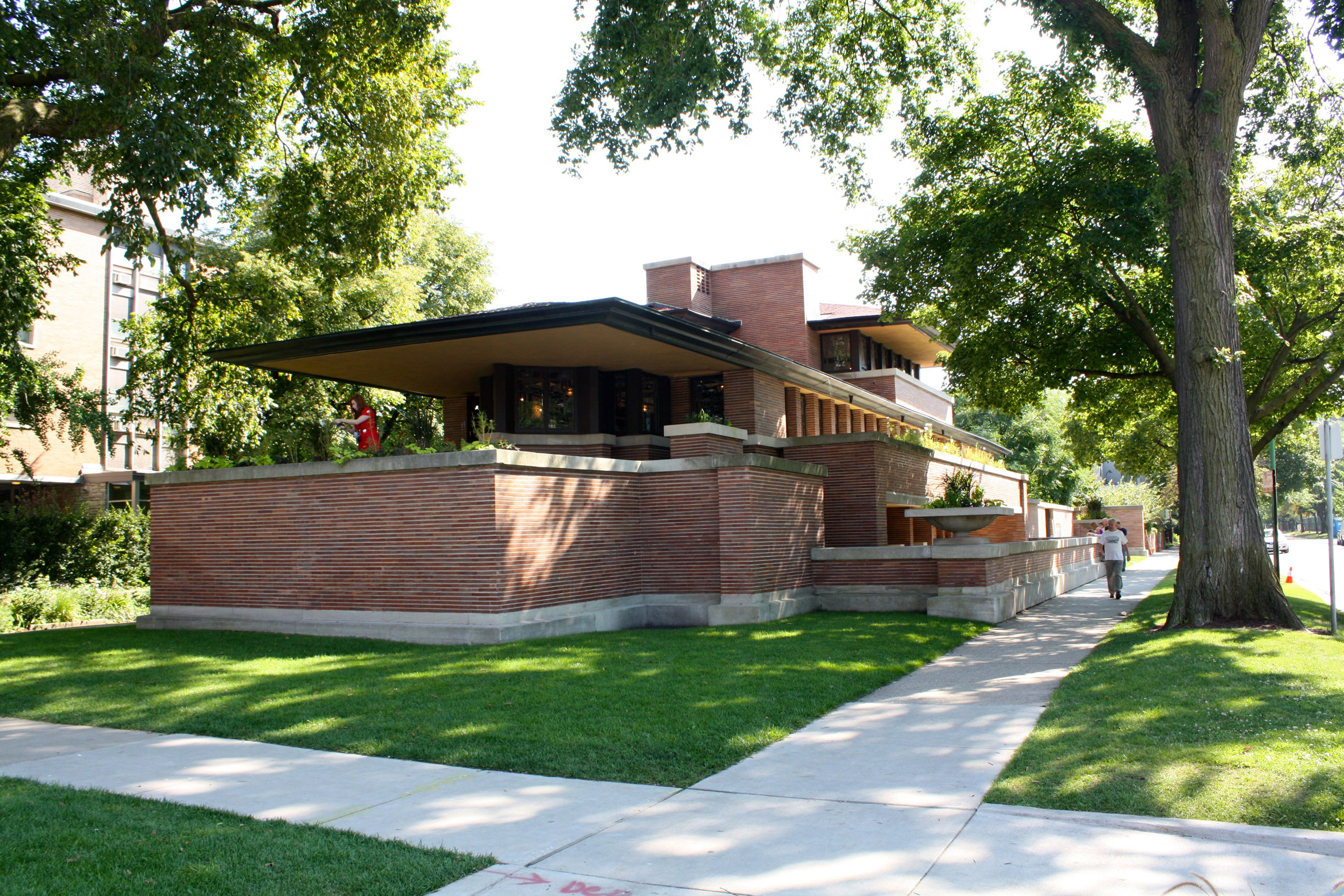
6
New cards
Frank Lloyd Wright, Light Screen, Prairie style, 1903
Having less color to help bring natural light to the space and the geometric/abstract shapes gets taken by the idea of glass and looks like a mystical element
